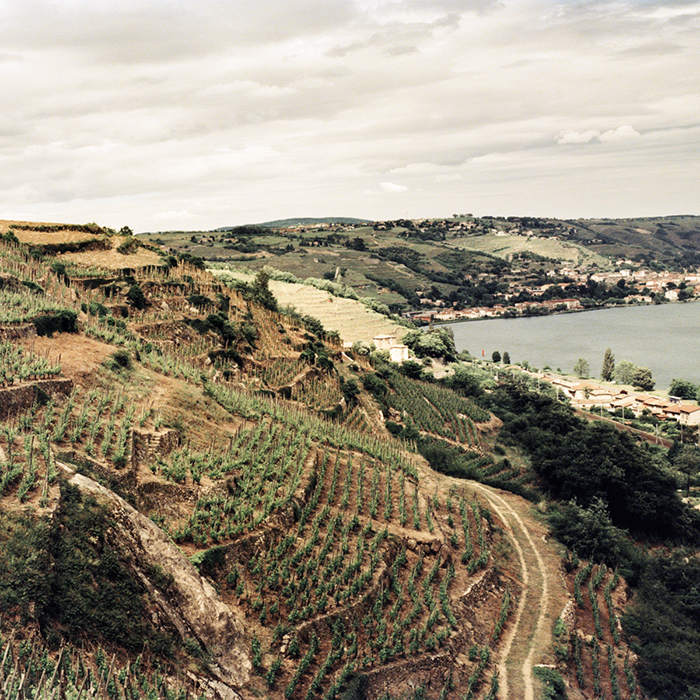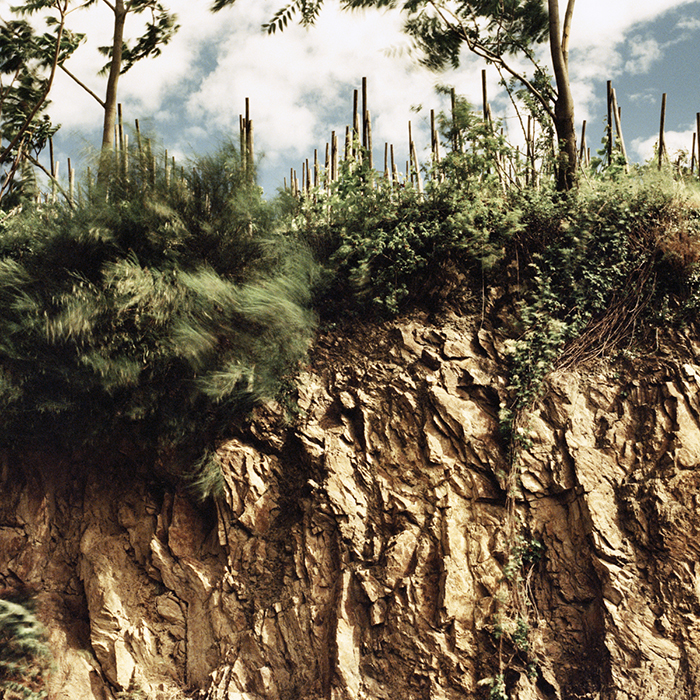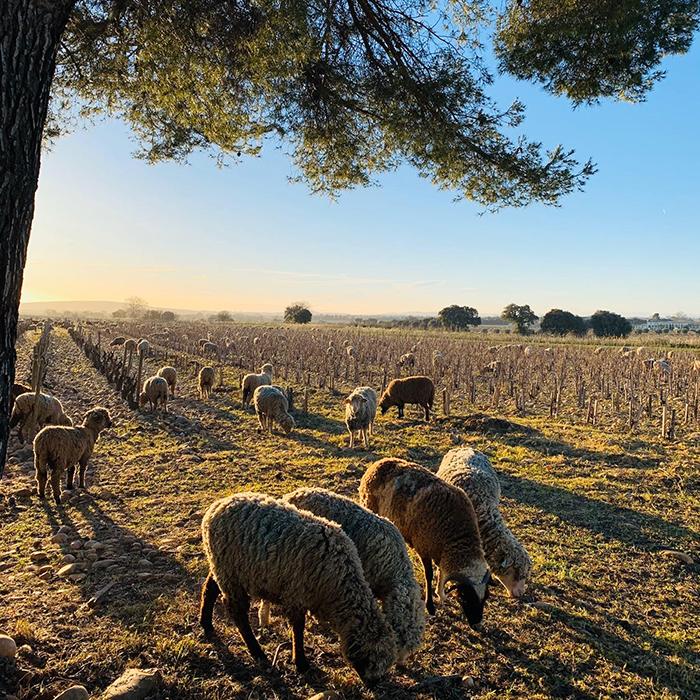Rhône 2018: rich, ripe and remarkable
Author: Fiona Hayes

Over the past few years the Rhône Valley has had a rollercoaster of climatic conditions to contend with. Weather extremes are making it impossible for winemakers to rest on their laurels. While this poses a challenge for winemakers, one could argue that the wines have never been better – thanks to the high attention to detail required both in the vineyard and winery.
Being such a diverse region, one should always try to exercise caution when giving an overview of the vintage. Nuances of both the Northern and Southern Rhône, as well as those of the different appellations come into play every year. There were, however, two climatic conditions that did affect both the North and South in 2018: spring rain and a summer heatwave.
The vintage started very promisingly, with much needed winter and spring rains replenishing the soils’ water reserves after the drought-prone 2017. The summer was very hot with temperatures consistently rising above 30°C bringing harvest dates slightly forward.
Late May and early June is when the North and South take slightly different paths. The South experienced heavy and sustained rainfall that led to a high instance of mildew. As in 2017, the incredibly sensitive Grenache succumbed to disease pressure and yields in some parts of Châteauneuf-duPape are down by up to 70%. These losses were devastating, with one famous grower not making any wine at all in 2018, although those that were able to get into the vineyards to treat the vines suffered more conservative losses.
The North was less affected by the rain: Syrah is a much hardier grape than Grenache, and less sensitive to mildew. The summer heatwave, however, was problematic here, with temperatures rising uncharacteristically quickly towards harvest time. Picking dates were critical to obtaining balance and rein in alcohol levels.
In general, the 2018 vintage is impressive. The wines generally deliver a richer profile and slightly higher alcohol levels than their 2017 counterparts, however the tannins are more integrated and approachable. There is a juiciness that makes the wines accessible in their youth, but the freshness and structure of some of the wines makes me feel that they are destined for the long haul. You may notice that the number of growers is slightly reduced this year. We have made a concerted effort to bring you wines only from growers that we truly believe are making the best that the region has to offer.

The North
The North’s leading grape variety, Syrah, is less mildew-prone and, as a result, volumes are much healthier here compared to the South. They also benefitted from better soil conditions and being able to get into the vineyards to spray against mildew attack.
Much-anticipated rain in the winter and early spring helped replenish the water reserves, and temperatures were almost perfect for flowering, giving a bumper crop in 2018. August was hot and Pierre Rostaing noted that the soaring temperatures towards the end of August led to alcohols increasing by 2 degrees per week. Early picking was critical, therefore, to avoid unbalanced wines with high alcohols and low acids.
It was a slightly different story in Cornas, where growers felt that the vines tolerated the heat well. Franck Balthazar noted that the 2017s and ’19s were in fact much riper and more powerful in profile compared to the floral ’18s. Overall, despite the “année solaire”, it is widely accepted that the wines of 2018 are structured, balanced and display great freshness – as the vines were under less hydric stress compared to 2017.
Many winemakers commented that the higher yields and bigger berries are likely to be responsible not only for the juicier style, but the balance of alcohol in the wines. For the reds, the fruit profile is much more on the red fruit spectrum and the floral quality comes through on certain cuvées, with silky tannins.

The South
The 2018 vintage started very favourably, with much needed winter and spring rains replenishing the soils following a drought, and subsequently providing almost ideal flowering conditions. Late May and early June were somewhat trickier and led to dramatically reduced yields. Significant and sustained rainfall, as well as a lack of any Mistral wind to dry the bunches combined with warm conditions to create the perfect environment in terms of humidity for mildew to thrive.
Rather unusually, growers spoke of both the leaves and grapes being affected at the same time, meaning that when they were able to get in the vineyards, spraying became almost futile. Sensitive Grenache succumbed more than other varieties to the mildew outbreak, therefore you will notice blends may vary somewhat to previous vintages. Those farming organically and biodynamically were particularly susceptible and had great difficulty in trying to minimise the losses.
Although some areas managed to escape unscathed, such as Gigondas, devastating yields have been felt by many growers. Clos des Papes was one of the hardest hit, with production levels at 9hl/ha (by comparison, 2019 volumes were heading towards 21hl/ha, closer to the domaine’s average of 25hl/ha).
Soils with better drainage allowed vineyard workers to get into the vineyard and spray to protect the bunches from fungal disease. Growers with fewer vineyard parcels were also able to cope much better as logistically they could get to their vines faster and more regularly to spray.
By contrast, the summer was very warm and dry, and these conditions produced wines with juicy and ripe profiles. Volumes may be low, but the quality is high.


